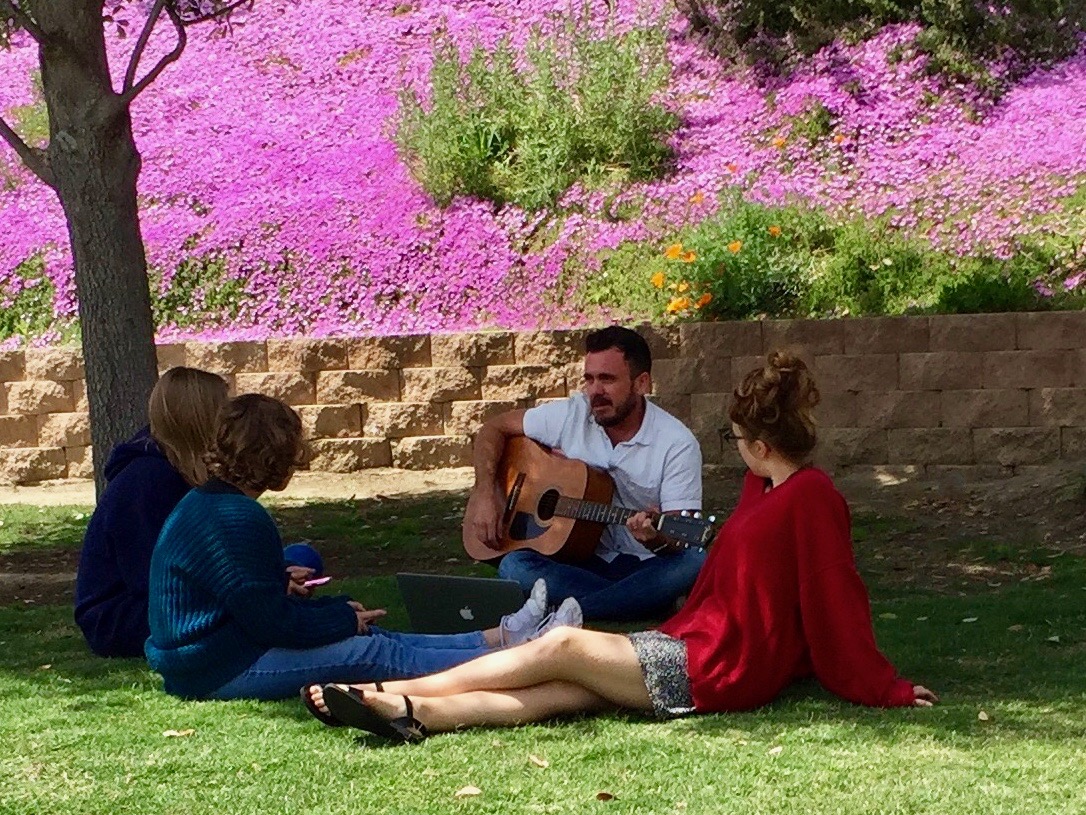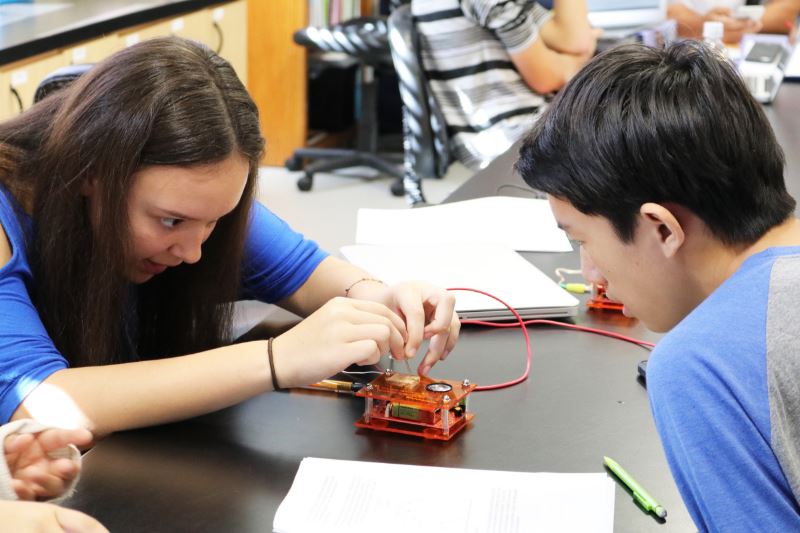By Stuart Grauer, Ed.D., Head of School at The Grauer School in Encinitas California
Large Schools vs. Small Schools: Stark Differences
Schools and school districts have grown steadily in size for well over 100 years. But since the 1960s, teachers have been consistently expressing their desire for smaller learning communities. The reasons for this disconnect — political and not educational — are outside the scope of this essay, but the reasons people thrive in small learning communities are clear, powerful and in need of expression.
The research is rich: In a review of more than 100 studies and evaluations, small schools researcher Kathleen Cotton noted, “Research has repeatedly found small schools to be superior to large schools on most measures and equal to them on the rest. This holds true for both elementary and secondary students of all ability levels and in all kinds of settings.”
Despite this fact, the debate between large schools vs. small schools is still far from being settled. However, threshing out the stark differences between large schools vs. small schools can help spread awareness, and this awareness can help lead to widespread educational change.
Benefits of Small Learning Communities

There are great benefits of small learning communities in every key area of national concern, as well as of concern to every parent and school leader. The most important benefits of small learning communities include safety, teaching conditions, academic performance, culture of equal opportunity on campus, learning choices and curriculum, and costs of schooling.
Before going into detail about the benefits of small learning communities, it is crucial to state what a small school is, and conversely what it is not … because the millions of students and teachers lose out when small schools aren’t really small. A small school is not small if it consists of 400 or more students, and it works best at less than 250 or even 200. Researchers not only in education, but psychology and organizational development find group size to be optimal at close to half that size.
The Small Schools Coalition catalogs research from scholars worldwide documenting how students in small schools outperform students in large schools on standardized achievement tests, significantly. In a 2014 study of the nation’s most “challenging” schools, 40 percent of them were schools of fewer than 350 students, an extremely disproportionate distribution in favor of small schools.
Performance and Safety Benefits of Small Schools
There are marked performance and safety benefits of small schools versus their traditional counterparts. In true small schools, students are absent much less, drop out at nearly half the rate, have higher grade point averages, and improve reading scores by almost a half-year grade equivalency more than large schools noted Educational Leadership magazine.
The performance benefits of small schools also correlate to the cost society pays for higher high school dropout rates. While small schools have a higher cost per pupil than large schools, they have a lower cost per graduate since they tend to have lower dropout rates and higher teacher staying power. According to the U.S. Department of Education, the higher percentage of dropouts from large schools are associated with serious, additional societal costs such as crime and lifetime earnings.
The safety benefits of small schools are also robust. According to a 1998 report by the National Center for Education Statistics, small schools are safer, reporting fewer fights and no incidents of serious violence. A 1999 U.S. Department of Education study found that schools with more than 1,000 students had far higher rates of violent student behavior than schools with fewer than 300 students, and teachers and students in small schools were far less likely to be victims of crime. But students are not only physically safer in schools of less than 400, they feel emotionally safer and more connected with adults — which positively impacts learning.
Facilitating Positive Student-Teacher Relationships

The size of the student body alone does not make a good school, of course. But there are things that can occur in small groups that can’t in big ones. Small schools facilitate positive student-teacher relationships. Positive student-teacher relationships enhance the value of the educational process for all parties. Research shows that in small schools, relationships between students and adults are strong and ongoing.
There is much more advising going on, either formally or informally. This leads to clearer paths to graduation and postgraduate plans. Secondly, relationships with parents are strong and ongoing. Thirdly, small schools have a leaner administrative structure, so that the whole faculty shares in decision-making. This fact explains why teachers in small schools feel a greater sense of efficacy — they have a say, and they report higher job satisfaction. And fourth, students feel more connected in and across groups as well as to the world outside the school.
One of the most beneficial aspects of small schools is that each school develops its own unique culture. The culture of small schools typically revolves around hard work, high aspirations, respect for self and others, belongingness, and the expectation that all students will succeed.
Breaking the Bias of Small Schools vs. Large Schools
The main reason for the bias of small schools vs. large schools has to do with our collective memory of high school includes nostalgia such as proms, football games, exciting social lives, romance, and first cars. No matter that such memories do not apply to most students. The average high school student does not attend sporting events; indeed the larger the school, the smaller the percentage of student (and teacher) participation in these activities.
For many students, the social scene in large high schools is tough and unforgiving, with sharp distinctions made between the small group of social haves and the far larger masses of have-nots. And high school memories seldom include a significant academic component, let alone an intellectual one.
Rather than logging millions of miles per year on buses to comprehensive schools and being dropped into fenced compounds with thousands of students, what if schools were created to be safe and manageable in size? Students deserve to be free from worry about personal safety and to be confident that their teachers and administrators know them well and can guide their development of skills and knowledge.
In this context, the most effective way to break the bias of small schools vs. large schools is to bring the research demonstrating the many benefits of small schools to the forefront of societal consciousness. If you would like to help break this bias through free membership in the Small Schools Coalition, we welcome you to contact us directly.


Recent Comments